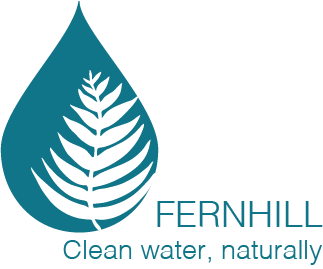
Explore Fernhill History Highlights
The riverbend we now know as Fernhill has been for centuries an important place for people, plants and wildlife.
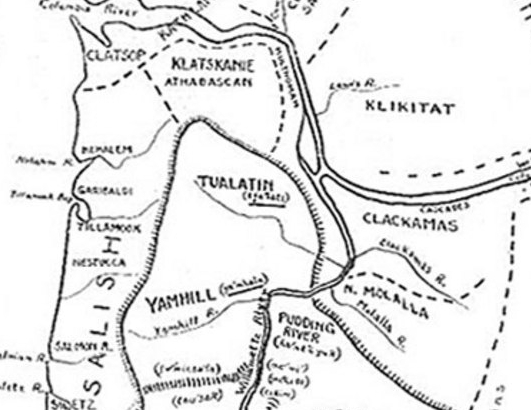
Kalapuya Land
Since time immemorial the Atfalati, or Tualatin Kalapuya people have used and shaped the land around Fernhill. Following the Willamette Valley Treaty of 1855 Kalapuya people were forcibly removed to reservations in Western Oregon. Today, living descendants of these people are a part of the Confederated Tribes of Grand Ronde Community of Oregon.

1937: Byer Family Farm
As part of the New Deal, the federal government helped selected families launch farms in rural areas. Read Doris Byer Swope's recollections of growing up at the site we now know as Fernhill.
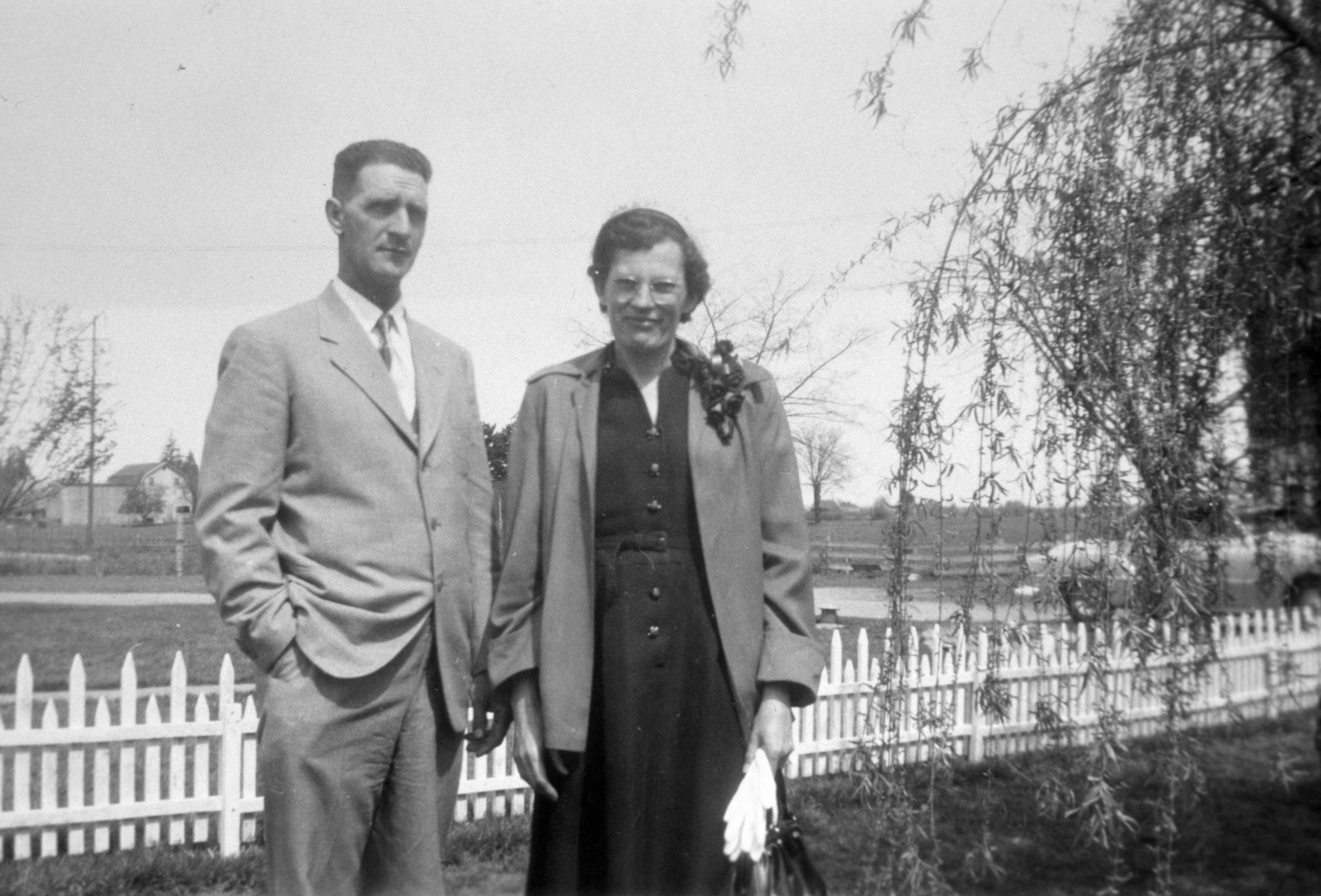
1950: Transition to Public Ownership Begins
In 1950, the Byer family sold most of the farm to the City of Forest Grove, reserving 10 acres to live on. A 1952 expansion of the treatment facility added an anerobic digester and expanded the irrigation program to squash, cucumbers, barley and sheep grazing. In 1954, the Byers sold the remaining acreage and moved to the nearby town of Cornelius.
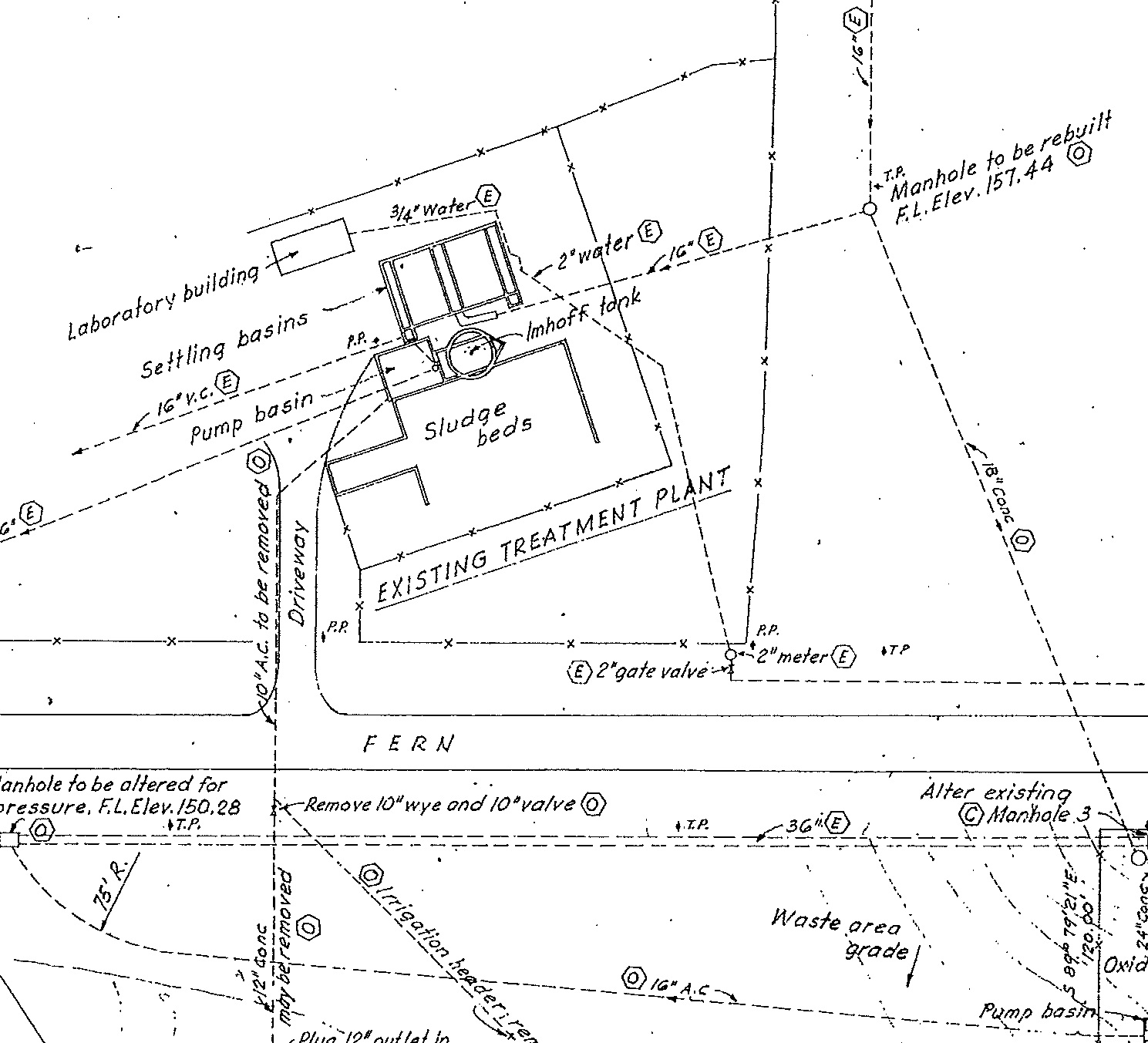
1951: First Steps in Water Resources Management
The City of Forest Grove built a wastewater treatment facility on the west side of Fern Hill Road, near the railroad tracks. It consisted of an Imhoff tank, two settling basins, sludge drying beds, and a laboratory building. The cleaned water was used for crop irrigation. This 1952 drawing shows that expansion plans were on the table not long after the facility opened.

1950s-60s: expansion and modernization
The City expanded the facility to the east side of Fern Hill Road. New features included a primary clarifier, chlorination and effluent stabilization storage ponds—otherwise known as sewage lagoons.

1970: Unified Sewerage Agency
Voters approved formation of the Unified Sewerage Agency to consolidate and improve a scattered network of treatment facilities. One year later, USA took over wastewater treatment operations at Forest Grove. In 2001, USA would be renamed Clean Water Services. 1973 photo courtesy of Pacific University Archives.

1972: FACILITY EXPANSION
In the early 1970s, USA expanded and modernized the Forest Grove wastewater treatment facility.
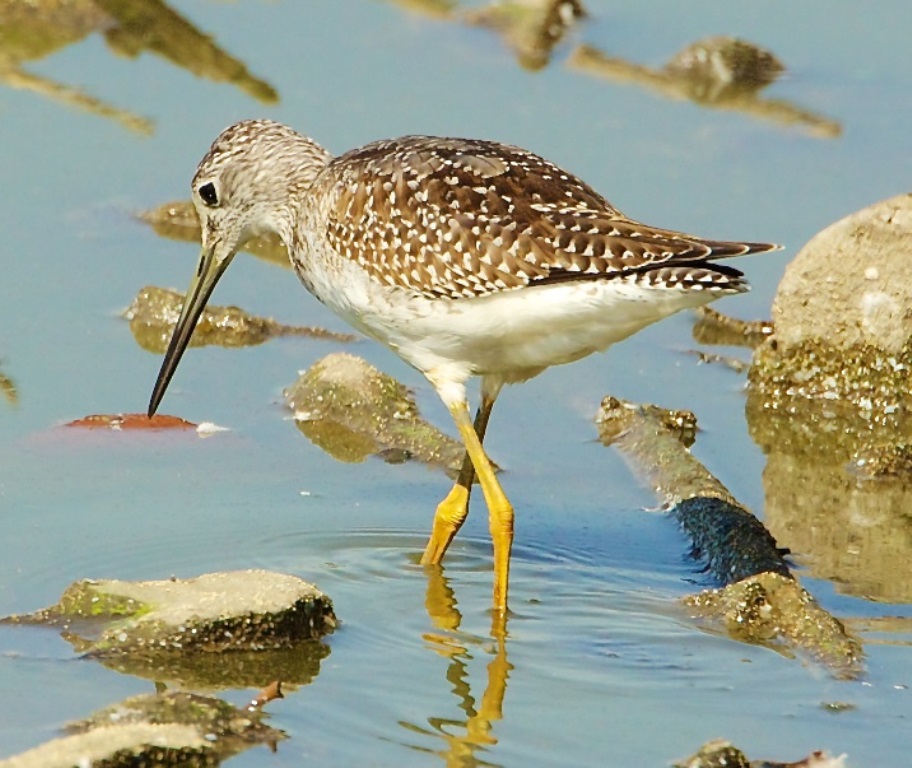
1980s: Changes at Sewage Lagoons
With the opening of the Solids Handling Facility, the ponds began to play a less central role in wastewater treatment--and became more important for bird habitat.
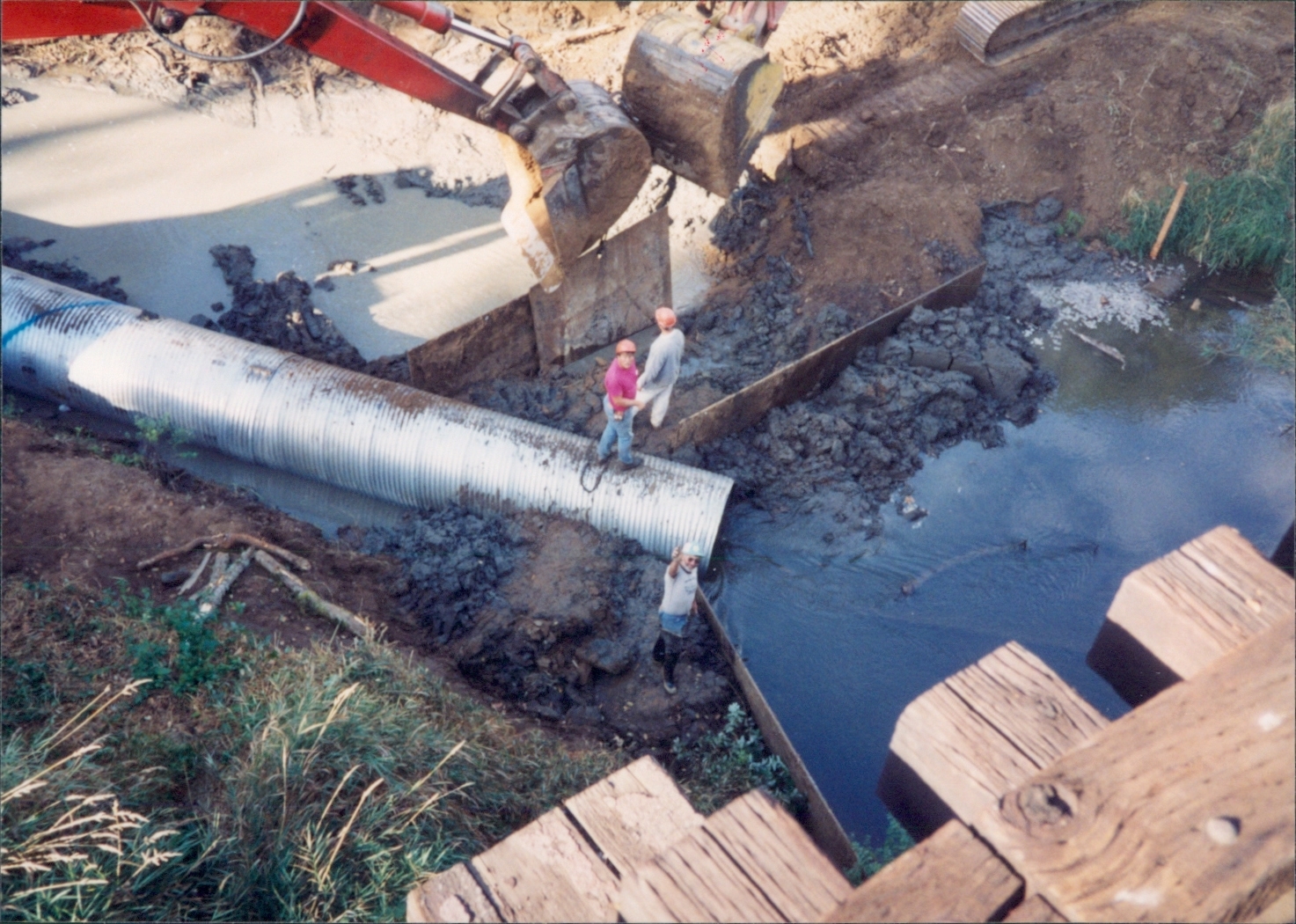
1993: Better connections among treatment facilities
This project created valuable flexibility in wastewater treatment by connecting the Forest Grove facility to those in Hillsboro. Thanks to these twin 24" pipes, Forest Grove has for years sent its solids to the larger Hillsboro facility, on River Road, for final processing. More recently, the smaller facility on Hillsboro Hwy has sent some of its influent to Forest Grove for cleaning and return to the river.
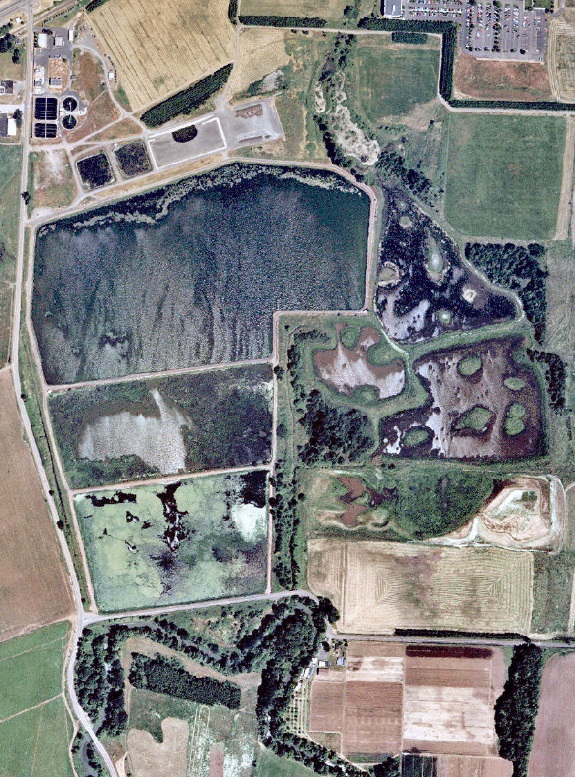
1990s: Continuing Treatment Plant Improvements
As Washington County grew and water management methods evolved, changes at the Forest Grove Wastewater Treatment plant included irrigation system improvements, new pump stations and disinfection through ultraviolet light, rather than chlorine.

1999: MITIGATION WETLANDS
Community organizations, Unified Sewerage Agency, educators and others banded together in an early ecological enhancement project that mitigated the impacts of an expansion of Barney Reservoir, 20 miles to the west.
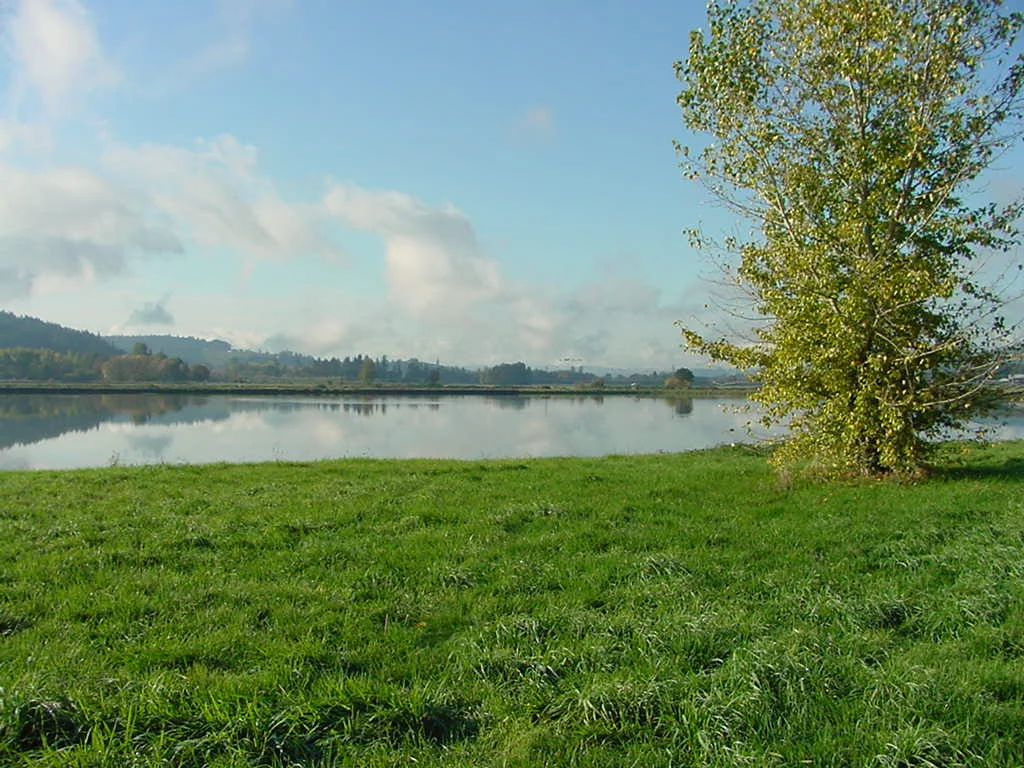
2006: OWNERSHIP SHIFTS
Clean Water Services began purchasing the property from the City of Forest Grove, beginning with the 2006 acquisition of 187 acres, including the wetlands. As this mid-2000s photo shows, Fernhill was already an attractive site for people and birds, but lacked the profound plant diversity we see today.
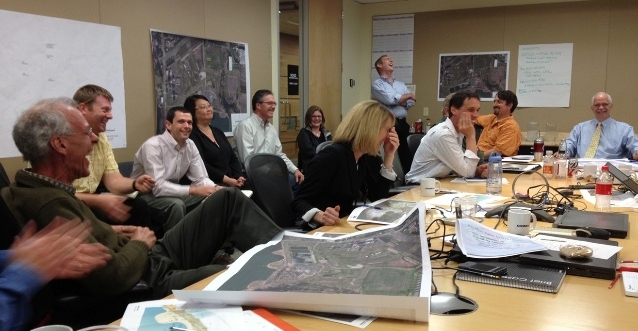
2008: Fernhill Master Plan
The first Fernhill Master Plan featured a proposal for treatment wetlands. In the decade since it was adopted, the plan has undergone regular updates and has continued to guide the transformation of the site.
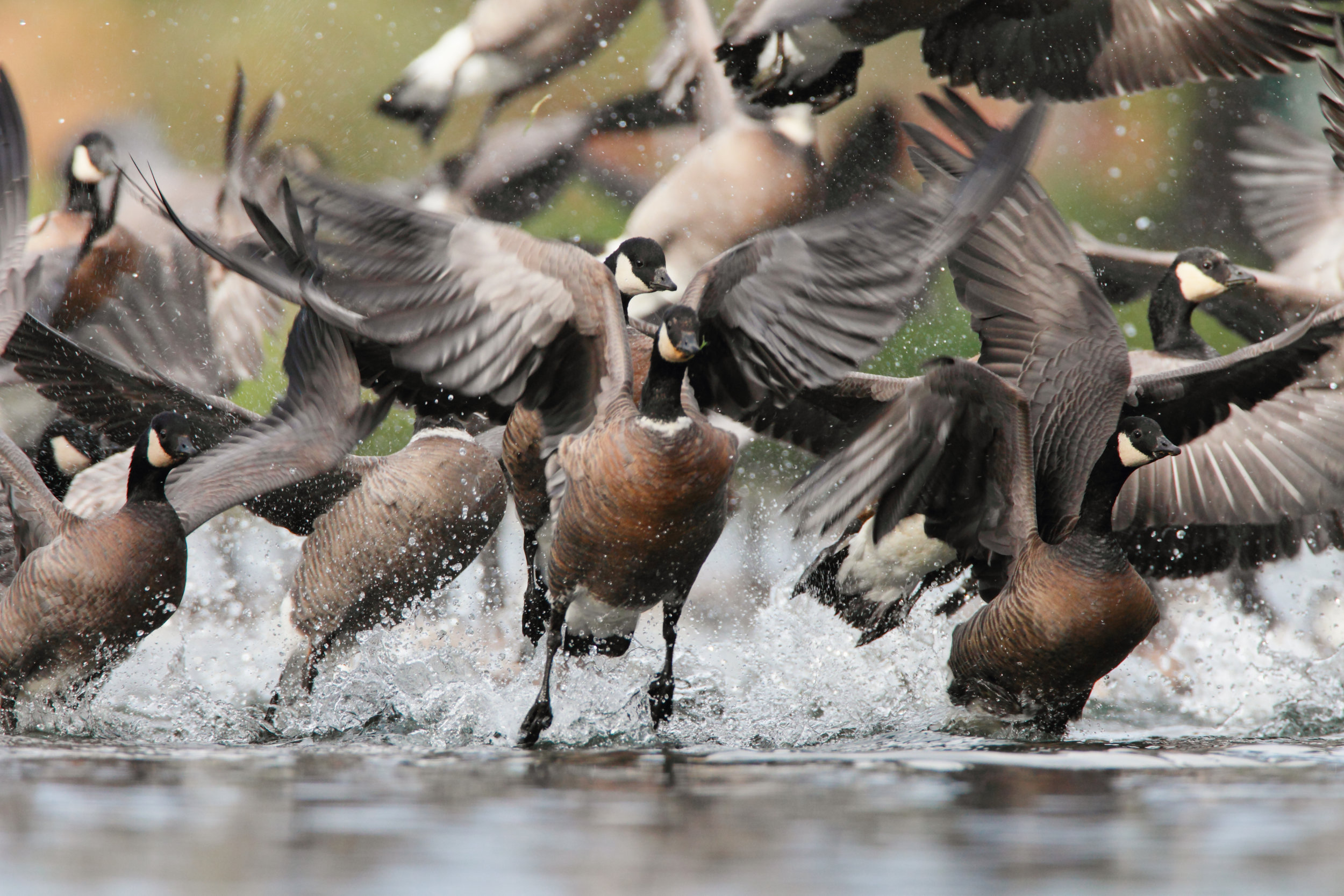
2009: Important Bird Area
Portland Audubon designated Fernhill an Important Bird Area, confirming what local birders had known for years.

2012: Lower Treatment Wetland
Several acres of asphalt were converted to a wetland for testing the proposed approach to a natural treatment system.

2012: Water Garden
The Water Garden provides respite to people while providing habitat for waterfowl and playing a role in the natural treatment system. View construction photos and learn more on the Water Garden page.

2012: Birds & Brew
The first Birds & Brew brought community members together to celebrate new visitor amenities--including the picnic shelter, restroom and water garden--along with construction of the treatment wetlands.

2014: Construction of the South Wetlands
Converting 90 acres sewage lagoons to their new role in the natural treatment system was a massive construction project, including moving a quarter of a million cubic yards of earth and installing 180 habitat logs.

2015: South Wetlands Ready to Work
As construction ended and seeds began to germinate, green beauty returned to the South Wetlands. Trails reopened, and large-scale functioning of the natural treatment system drew nearer.
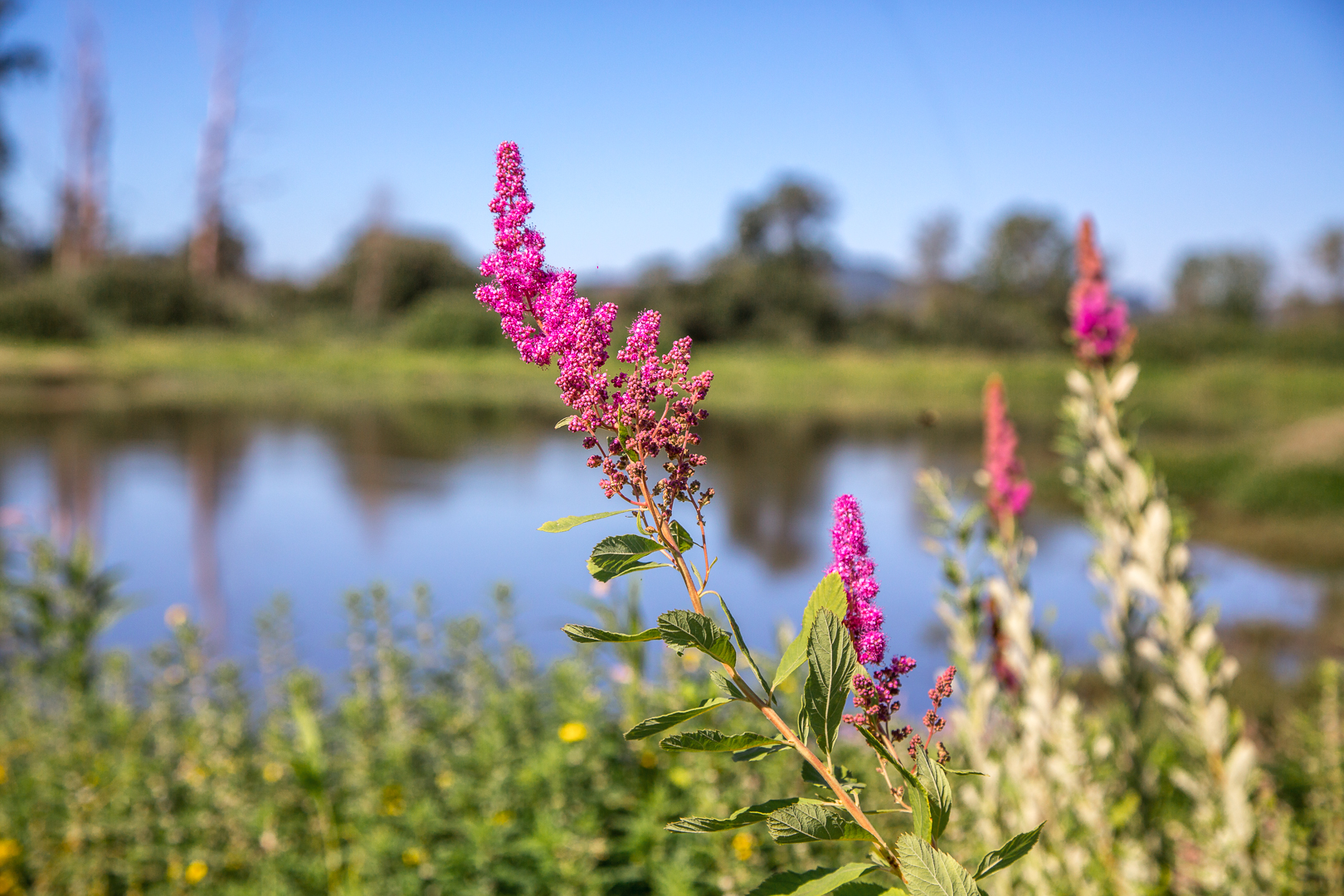
2015: Millions of Native Plants Take Root
Over the years, ecological enhancement projects at Fernhill have evolved in technique and scale. The creation of the South Wetlands, for example, included planting more than three billion seeds and 750,000 native plants -- including this Douglas Spirea.
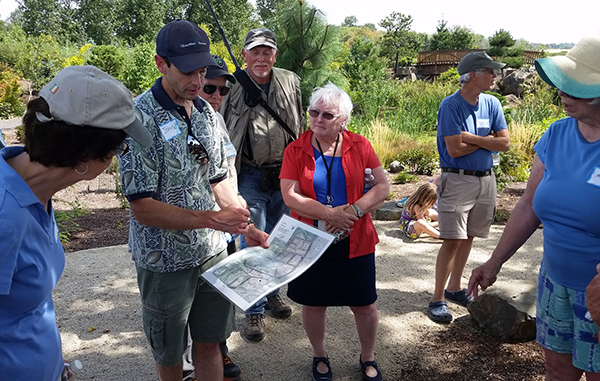
2016: Volunteer Stewards Program launched
The Volunteer Stewards walk the paths and help visitors learn what's happening at Fernhill.
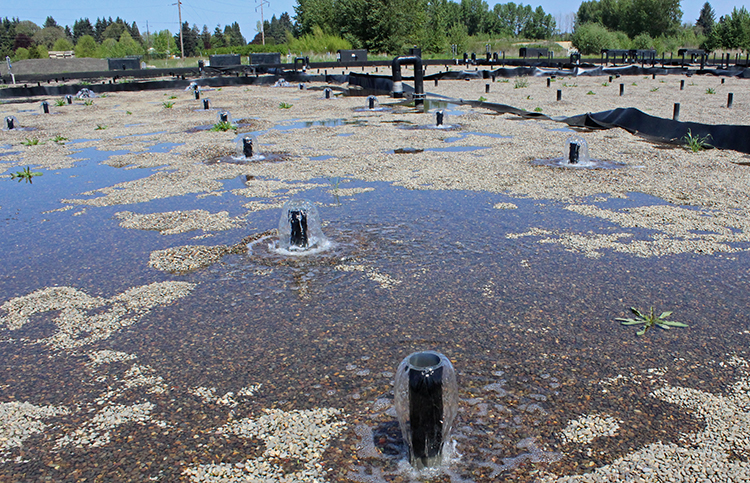
2017: Nutrient Filter
The current nutrient filter design, aims to remove ammonia, which is harmful to fish and wildlife. This filter uses a six-foot deep bed of gravel that acts as a host for ammonia-removing microbes that occur naturally in streams and rivers.
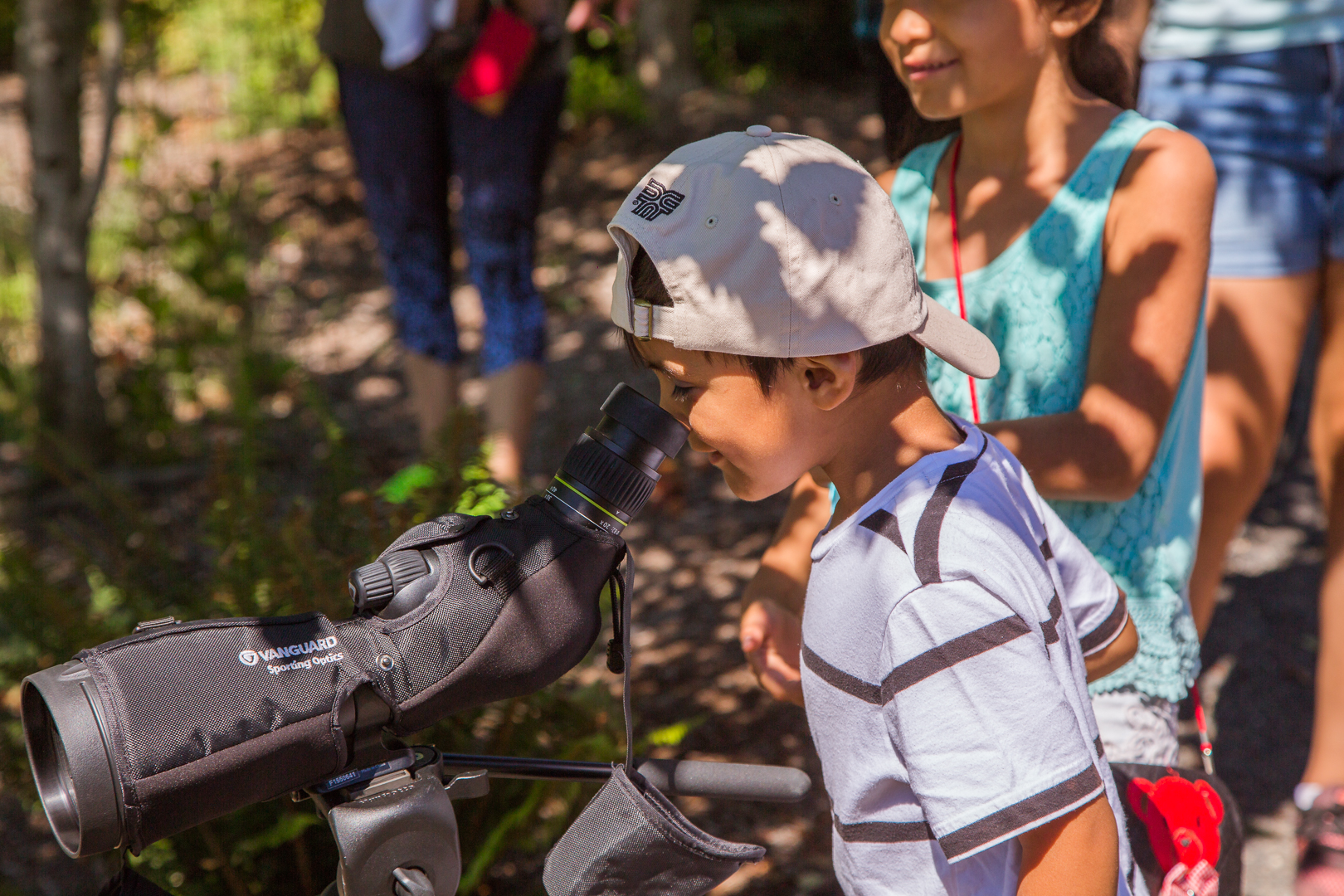
2017: Watershed Health Walks
Bilingual and bicultural guides lead watershed health walks for residents of Bienestar Community Development properties.
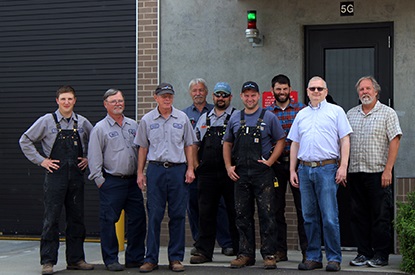
2017: Peak Performance Award
For the 15th year in a row, the Forest Grove treatment facility earned a Platinum Peak Performance Award from National Association of Clean Water Agencies, in recognition of perfect permit compliance over the course of five or more years. This 2017 photo shows the award-winning teams from the Forest Grove and Hillsboro CWS facilities.
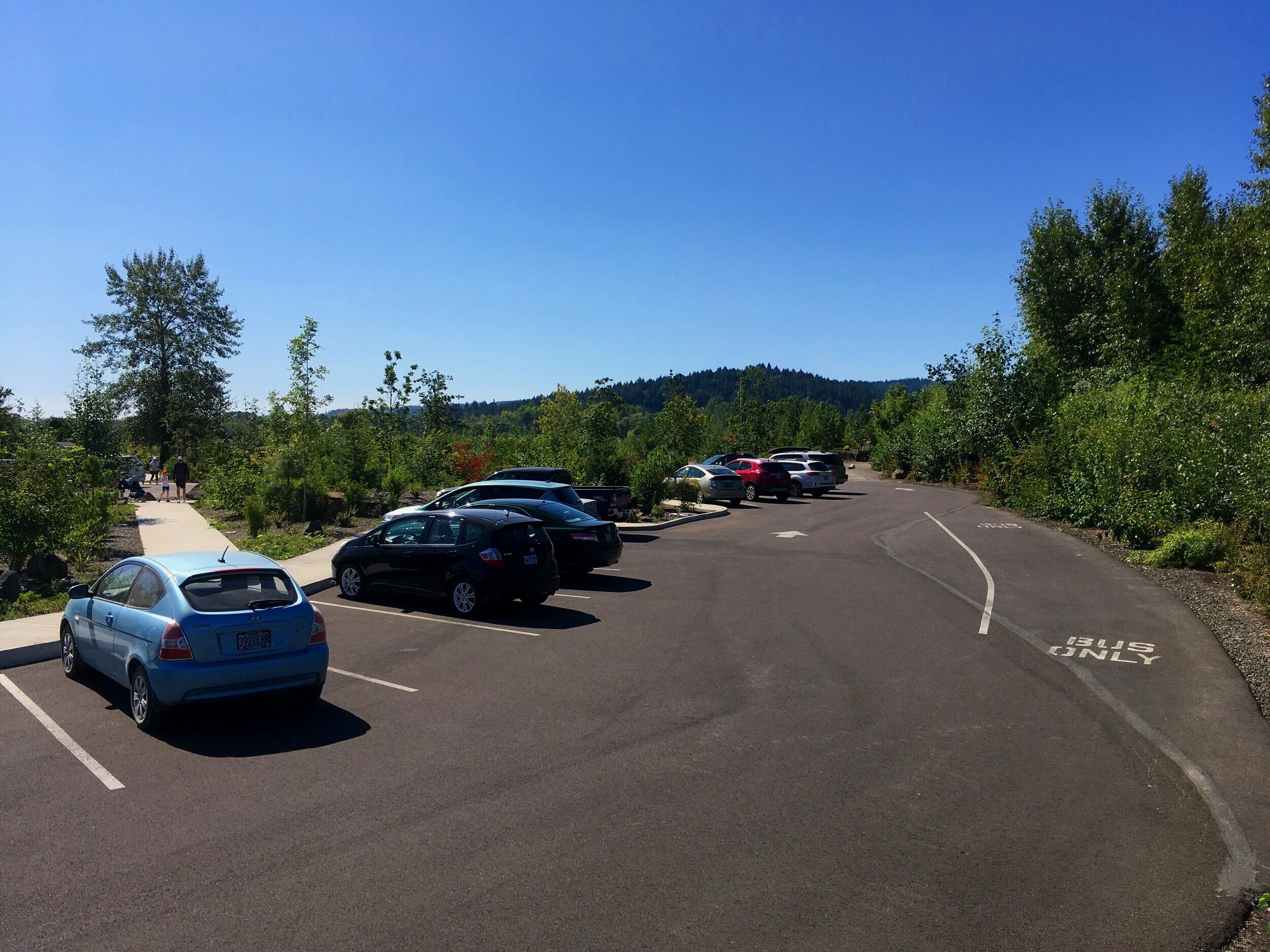
2018: Parking lot
Improvements add capacity for visitors and dedicated bus parking for student groups.
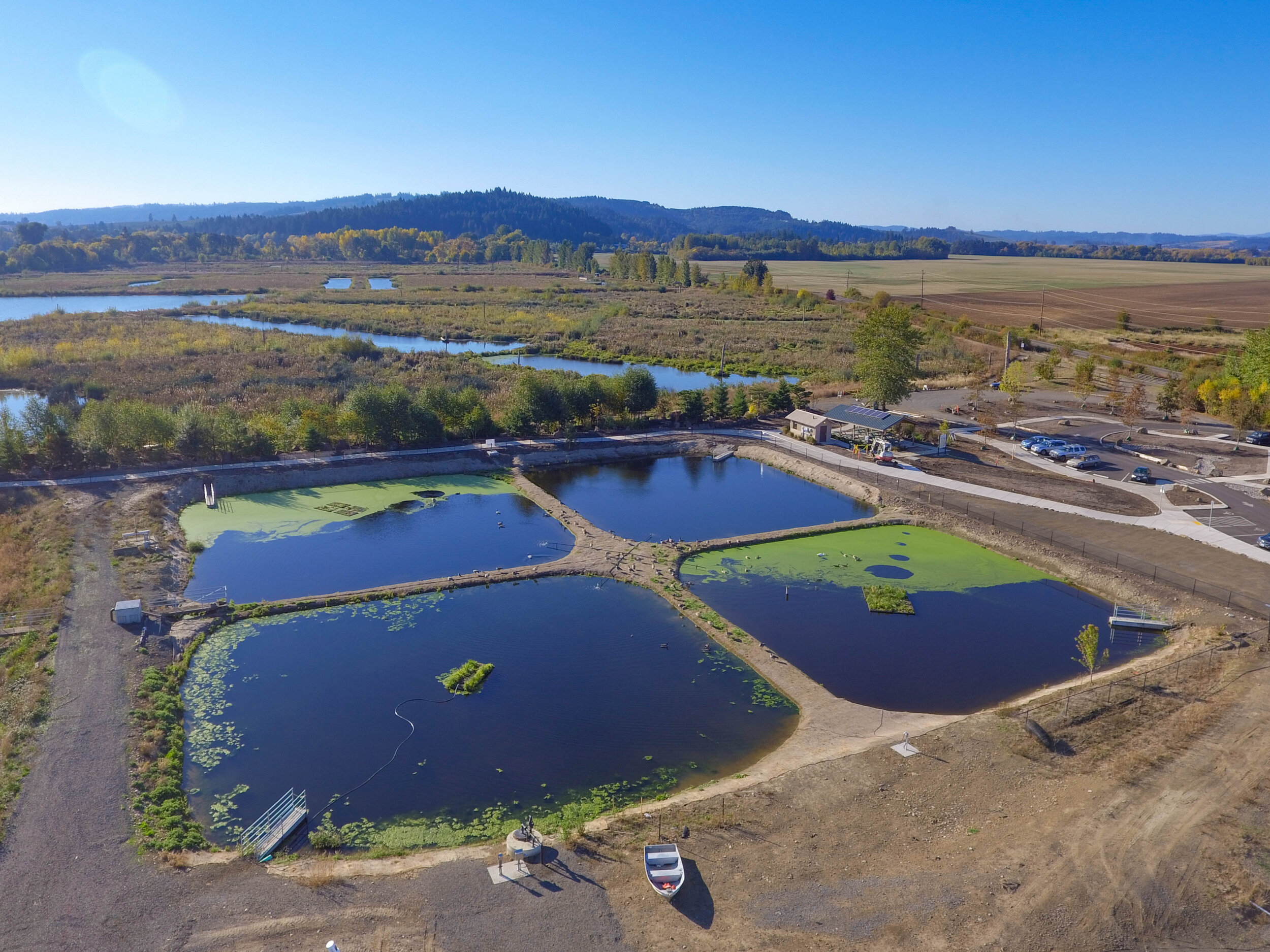
2019: Floating Wetlands
Research begins to discover the potential for using natural biological processes that occur between water, plants, and microorganisms to remove contaminates from water.
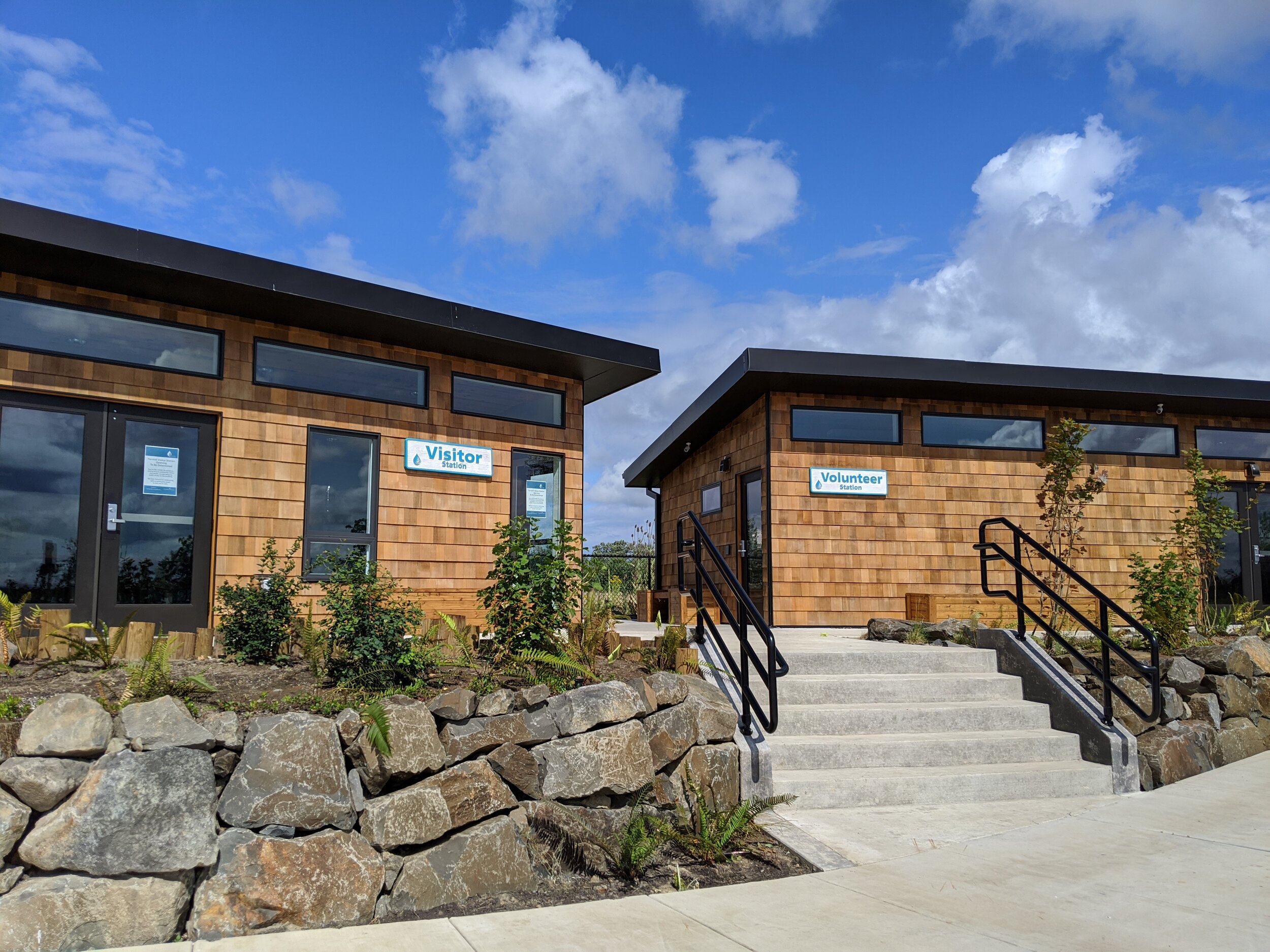
2020: Visitor Amenities
Fernhill continues to expand and improve for our community and visitors. Recent additions include a Visitor Station to help guests understand how water travels through the site, a dedicated space for volunteers, and new trails along Fernhill Lake.
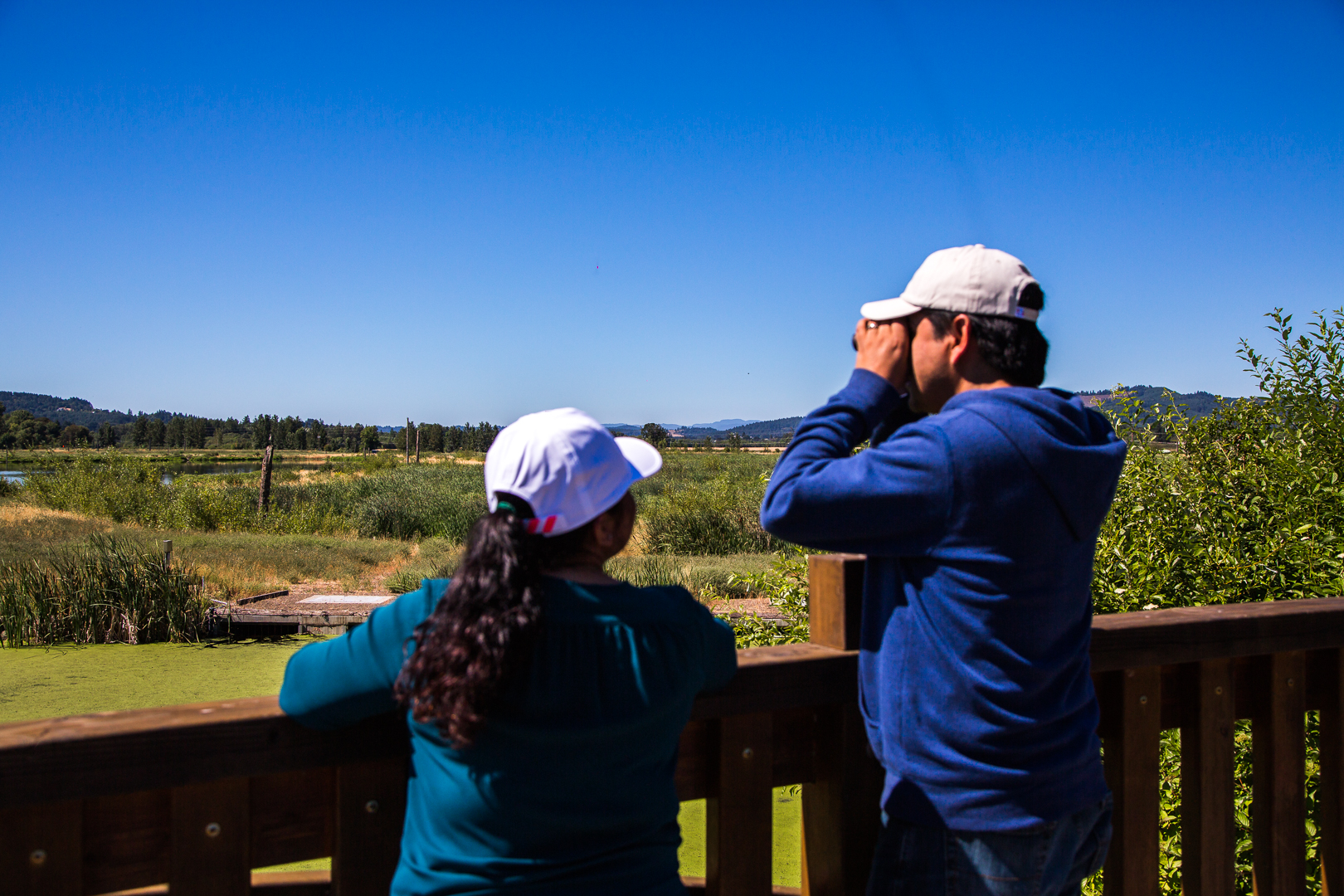
Fernhill's Future
Keep an eye out for these developments on Fernhill's horizon:
Visitor amenities including a viewing deck and nature play area. Continued research and innovation in agriculture, water recycling, and more. Ever-growing ecological diversity and expanded resources for education.





























